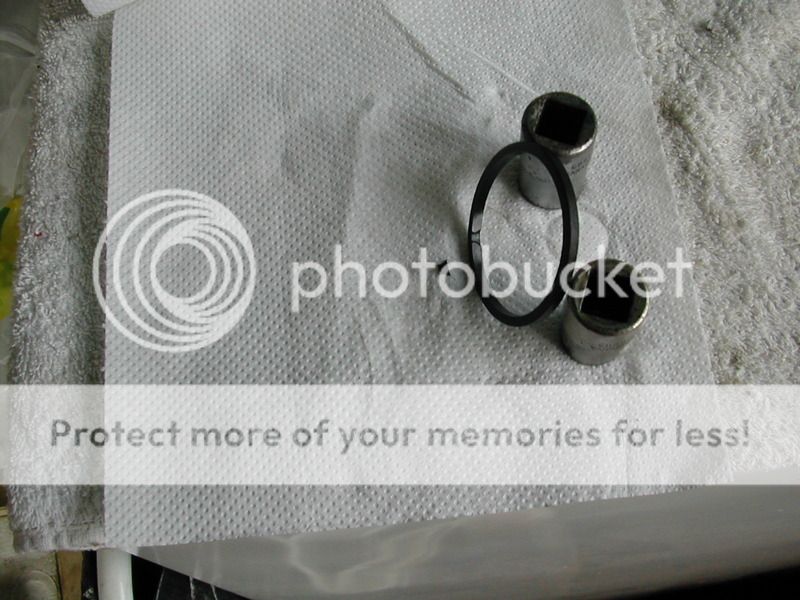bob hughes
Luke Skywalker
Offline
Hi Guys
Woke up the other day to do some welding in the garage and when I pushed the BJ7 out there was a not so nice puddle of hydraulic oil waiting for me under the near side front wheel. I had only recently replaced a corroded brake line from the rubber to the caliper, but the connections were dry, the disc (rotor) and the caliper were covered in Hydraulic oil so I have to suspect the caliper. The parts are on their way, and I have discovered the BJ8 caliper rebuild here, is there any other advice, ideas etc. on how to get the piston in with that darned dust cover configuration?
I am intending to split the caliper and the internal transfer seal has been purchased, so this should make life a little easier.

Bob
Woke up the other day to do some welding in the garage and when I pushed the BJ7 out there was a not so nice puddle of hydraulic oil waiting for me under the near side front wheel. I had only recently replaced a corroded brake line from the rubber to the caliper, but the connections were dry, the disc (rotor) and the caliper were covered in Hydraulic oil so I have to suspect the caliper. The parts are on their way, and I have discovered the BJ8 caliper rebuild here, is there any other advice, ideas etc. on how to get the piston in with that darned dust cover configuration?
I am intending to split the caliper and the internal transfer seal has been purchased, so this should make life a little easier.

Bob

 Hi Guest!
Hi Guest!

 smilie in place of the real @
smilie in place of the real @
 Pretty Please - add it to our Events forum(s) and add to the calendar! >>
Pretty Please - add it to our Events forum(s) and add to the calendar! >> 
